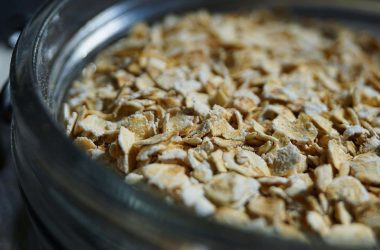Being lively has a variety of well being advantages
Sergio Azenha/Alamy
Individuals who have recurring bouts of decrease again ache appear to keep away from the discomfort for longer in the event that they go for normal walks.
More than 600 million people worldwide expertise ache on this a part of the again, which often recurs after initially resolving. Regardless of this excessive prevalence, there’s little or no analysis into its prevention, says Tash Pocovi at Macquarie College in Sydney, Australia.
Wanting to seek out an inexpensive and comparatively accessible means for individuals to keep away from the ache returning, Pocovi and her colleagues designed “WalkBack”, the primary managed trial of its type.
The researchers chosen 701 individuals, aged between 20 and 82 years outdated, who lived all through Australia and had skilled an episode of decrease again ache and not using a particular prognosis, corresponding to a fracture or an infection, throughout the earlier six months that then resolved.
On common, they’d every had 33 episodes of decrease again ache, which interfered with their every day actions and lasted at the very least 24 hours. Not one of the members frequently selected to go for leisure walks or engaged in any form of train programme for ache administration.
The scientists requested 351 of them to develop an individualised strolling programme with the assistance of a non-public bodily therapist, aiming for a gradual build-up to half-hour of strolling, 5 days every week, inside six months. The programme assorted in accordance with every particular person to assist them follow it, says Pocovi. By 12 weeks, the members have been strolling a median of 130 minutes per week.
They have been additionally advised concerning the newest scientific data concerning decrease again ache, which was meant to reassure them that it’s protected to maneuver beneath the supervision of their bodily therapist, says Pocovi. “Lots of people develop into avoidant and afraid of motion once they have a historical past of again ache,” she says.
The remaining 350 volunteers obtained no such training or strolling programme suggestion. Pocovi and her workforce adopted all of the members for as much as three years. No matter which group they have been in, they have been free to hunt any further remedy for his or her ache.
On common, these within the remedy group had their first recurrence of activity-limiting decrease again ache 208 days after the examine started, in contrast with 112 days within the management group.
Moreover, half the individuals within the management group sought different interventions, corresponding to massages and chiropractic remedy, in contrast with solely 36 per cent of these following the strolling and training programme. Nonetheless, the latter group was extra more likely to expertise delicate issues of train, corresponding to sprains.
“I believe that is most likely a helpful instrument that clinicians and even sufferers can go to their clinicians with,” says Pocovi.
Subjects:












